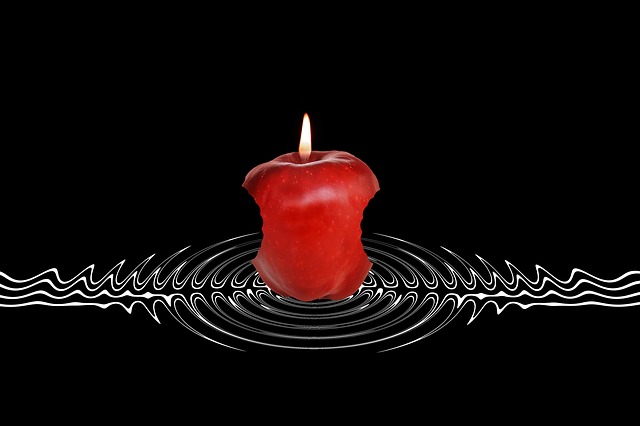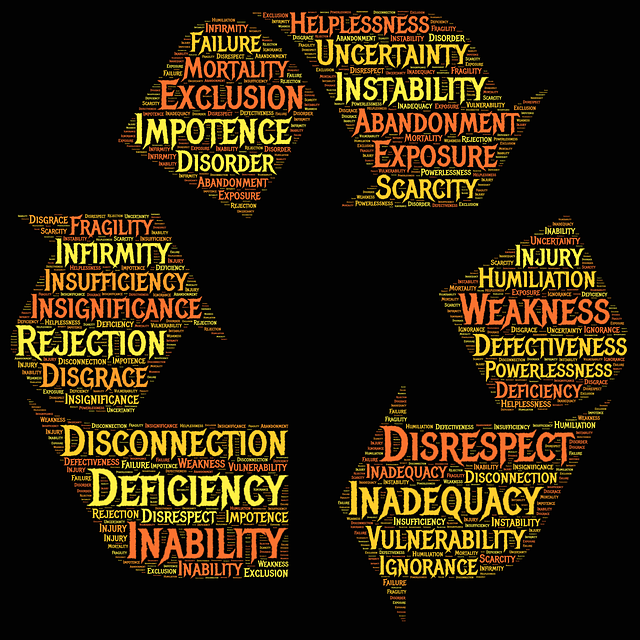In a previous post, we discussed how mindfulness helps us to increase our sense of control over our internal environment and responses to external stimuli. However, there are times when we have to give up control over our external environment to enable others to gain a sense of control over their work or environment.
A fundamental dilemma in life is that to grow our influence we need to let go. If we become too controlling, we get compliance from others but lose their commitment and energy – ultimately things get out of control.
If you are a manager or someone who has the power to delegate tasks to others, it is very difficult to let go. However, if you fail to do so, your influence contracts, rather than grows.
We are afraid to let go because:
- things might get out of hand
- the other person does not have the knowledge or skills to do the task
- other people may not have our level of knowledge or skill
- we do not want to be embarrassed by the mistakes or failures of others
- other people cannot do the task as well as us
- we get a buzz from achieving things ourselves
- we like to do things within our comfort zone, rather than things that challenge us.
All of these reasons for not letting go can be challenged but they often serve as barriers to delegating to others – in the final analysis, they can be seen as excuses. The net result is that we end up overworked and other people are deprived of the opportunity to grow and develop, to achieve outcomes that are valued, to experience satisfaction for a job well done – importantly, if we retain control we limit their sense of agency and capacity to contribute.
Neuroscientist Tali Sharot maintains that “control is tightly related to influence” and influence expands when we provide others with a sense of agency – the capacity to control their environment, power over the way things are done. She argues:
The message, perhaps ironically, is that to influence actions, you need to give people a sense of control. Eliminate the sense of agency and you get anger, frustration, and resistance. Expand people’s sense of influence over their world and you increase their motivation and compliance. (The Influential Mind, 2017, p. 87)
To give up control, however, we have to be in control of our own emotions and responses. We have to manage our fear of loss of control over our immediate external environment by managing our internal environment. As explained in the previous post, as we grow in mindfulness, we grow in the capacity to develop control over our own emotions and responses.
Tali Sharot suggests that “there is nothing more terrifying than giving away control to another human being” and “this is why many managers feel the need to micromanage their teams”. She offers advice to managers that resonates with developing mindfulness and awareness:
It is difficult to let go, but awarness can help. Understanding why we are the way we are, and being conscious of our deeply rooted drive to make decisions, may help us hand over the wheel once in a while. With awareness comes the understanding that giving away control…is a simple but largely effective way to increase people’s well-being and motivation. (The Influential Mind, 2017, p. 103)
She discusses examples of research projects in different contexts that provide evidence of the effectiveness of the fundamental principle of letting go to empower others by giving them a sense of agency. One particular research project that resonated strongly with me was one involving the elderly in a nursing home where the fundamental questions framed by the researchers, Rodin and Langer, were:
What if the residents of a nursing home were given more choices, more responsibility, and a greater sense of agency? Would they become healthier and happier?
To test these questions, the researchers set up an “agency floor” and a “no agency floor” where the former were given control over a range of decisions – a sense of agency not provided to the latter floor. The results are described by Tali Sharot as follows:
Three weeks later, when Rodin and Langer assessed the nursing home residents, they discovered that those individuals who’d been encouraged to take more control over their environments were the happiest and participated in the greatest number of activities. Their mental alertness improved, and eighteen months later they were healthier than the residents on the “no agency” floor. (The Influential Mind, 2017, p. 97)
Wesley Mission has taken the idea of agency in aged care to another level through their mission of “promoting choice, independence and community welfare” within their aged care facilities.
Reflection
So if we learn to let go through developing mindfuless and awareness, we will be able to grow our influence by giving others a sense of agency and control over their environment – and contribute substantially to their health, well-being and happiness.
________________________________________
Image by John Hain from Pixabay
By Ron Passfield – Copyright (Creative Commons license, Attribution–Non Commercial–No Derivatives)
Disclosure: If you purchase a product through this site, I may earn a commission which will help to pay for the site, the associated Meetup group and the resources to support the blog.








